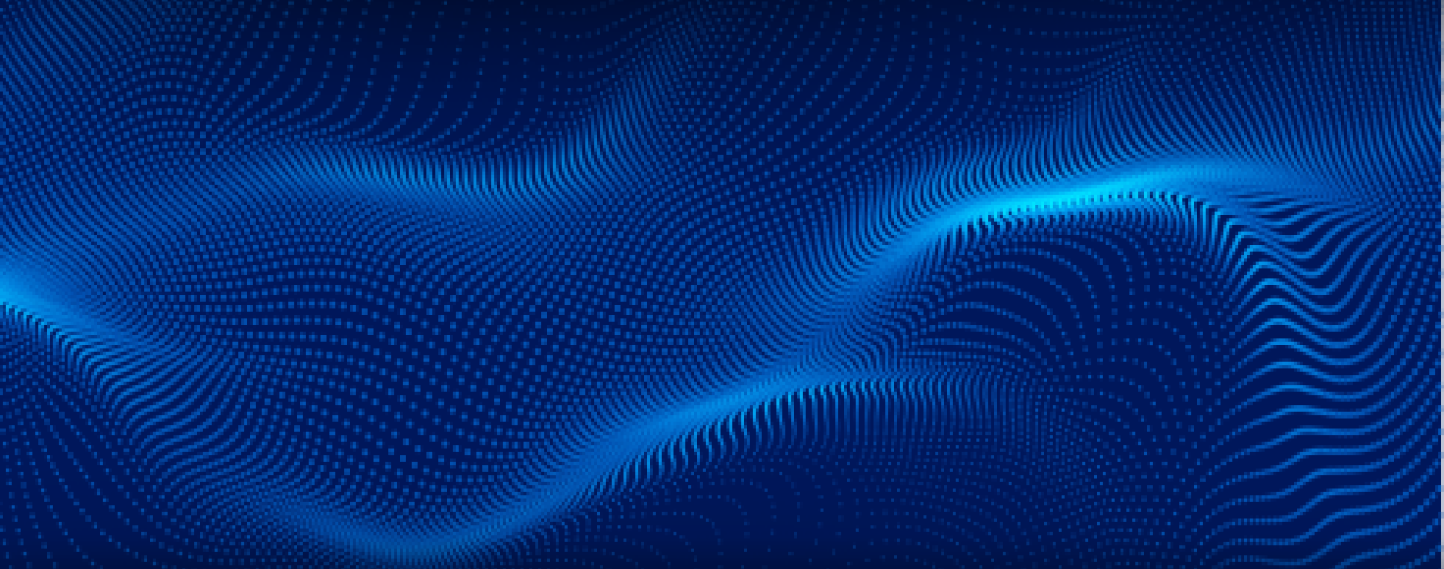
What we learned about being an astronaut

Susan Kilrain has dedicated over 20 years of her life to naval service, and has broken barriers in the Navy and with NASA - which all started from her humble beginnings in Georgia.
Kilrain had long dreamed of becoming an astronaut. Her father would often take her and her siblings to watch planes take off and land at a nearby airport. At this time, every woman she knew was either a nurse, a teacher, or a stay at home mother, but her father reminded her that she could be whatever she wanted to be.
Along with her father, Kilrain credits much of her success to her teachers, specifically her tough algebra teacher in high school. From that point on, she sought out any math classes she could get her hands on. After starting flying lessons at 17, she went on to earn her bachelor’s degree in aeronautical engineering, and her master’s in aerospace engineering. By the time she had finished those years of schooling, she was tired of sitting at a desk.
To work towards her goal of being an astronaut, a mentor suggested joining the navy as a test pilot. A month later, she joined as the only woman in her class of 60, and completed 16 weeks of grueling candidate school, then completed flight school. There, she discovered that she loved air to air combat, and shared that landing on an aircraft carrier is the hardest thing she’s ever had to do – before she started raising kids.
After earning her wings, Kilrain started to recognize the roadblocks against women in the military. She was not allowed in key positions that were paths to being accepted in Test Pilot School, which was a prerequisite to fly a space shuttle. So, she applied as a flight instructor to gain entrance into Test Pilot School instead, and after three applications was accepted.
Once she finished Test Pilot School, the barriers towards women in the military had been lifted, and she began flying the F-14 Tomcat. In 1994, Kilrain received the most important phone call of her life – she was going to be an astronaut. With the excess energy she had, she went for a run, and then naturally, bought everyone at a bar drinks.
By this time, women had flown in space, and Kilrain would be the second woman to pilot a space shuttle. She described piloting the shuttle during takeoff and recalled thinking only two things, “Don’t screw this up, and when do I get to go to the bathroom?”
Once the space shuttle engines cut off, astronauts experience the first feeling of weightlessness – it can take days to gain control, and astronauts use handrails and loops on the floor to navigate inside the shuttle. Kilrain described the experience as similar to being in a swimming pool without getting wet. When it comes to sleeping, astronauts are inside a pod, similar to a coffin – a key reason why astronauts are tested extensively for claustrophobia during their interviews.
Anti-gravity aids the human heart in space so much so that the muscle can weaken substantially. To counteract this, astronauts are required to do aerobics every day, usually by riding an exercise bike. If they don’t stay in shape, they might not have the physical fortitude to be able to fly and land the space shuttle.
Susan described how she ate, exercised and slept in space but most importantly, she described the science done in space. Things like glass alloys are very easy to make in space, or even protein crystals for medical research. Using a needle in a haystack approach, astronauts grow crystals in search of new ways to cure disease.
After her space flights, Kilrain started a family with husband Colin, juggling her career at NASA and his role as a Navy SEAL. For years, her family became an expert of compartmentalization – focusing on putting out the greatest fire at every given time. In 2002, she retired from NASA and in 2005 from the Navy, to focus on her family.
What’s next for Kilrain? She’ll continue speaking and working with NASA, as she explores how best to keep sharing her knowledge and talents with the universe.